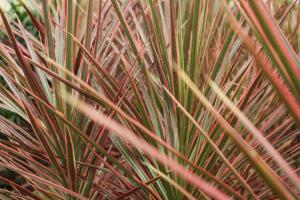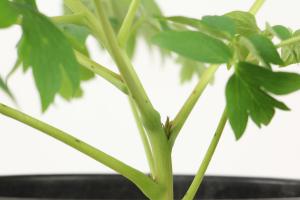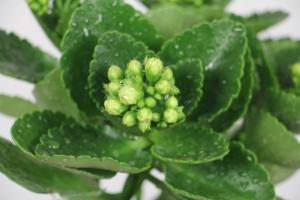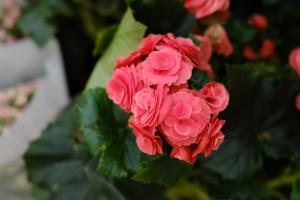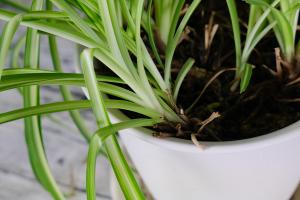Key point 1 Temperature
Don't think that the color of tea plum is delicate and delicate. Tea plum can withstand some cold, but the temperature can't be lower than minus two degrees Celsius, and it has an upper limit of seven degrees Celsius. Therefore, on the whole, the most appropriate temperature should be maintained at three to six degrees Celsius

Key point 2 Illumination
Tea plum is suitable for growing in a half Yin and half Yang place, that is to say, we can't give light, but we can't go too far. In summer, you may have to worry about whether the sun will hurt it too much. In winter, you don't have to worry about it. If you're worried about the strong wind outside and don't want to be on the balcony, you can put it indoors where you can touch the sun
Key point 3 Ventilation
1. Poor air will also hurt it, so keep the air fresh and remember to open the window to let it breathe when the air is good
2. Don't let tea plum come into contact with harmful polluting gases, and don't let oil dirt hurt it
3. If the air pollution nearby is serious, remember to clean the dust on the leaves to prevent affecting the normal breathing of tea plum

Key point 4 Fertilization
You know, tea plum doesn't like too much water and fertilizer. Fertilization should be light. If it is raw and thick, it will hurt the root. It likes to live in acidic sandy soil. Using tap water will increase the alkalinity of the medium, so pay attention to it
Key point 5 Watering
The soil should be kept moist, but not too wet. When watering, be careful not to pour waist blocking water, which is bad for plants

Key point 6 Pest control
General insecticides can solve the problem of tea plum diseases and insect pests. If red spiders appear, they can be treated with tobacco leaf water and pepper water, so this is a better solution
Well, that's all for the introduction. If you master these points, I believe it's not difficult to see the tea plum open in winter

 jackfruit
jackfruit snake plant
snake plant hibiscus
hibiscus hydrangea
hydrangea lavender
lavender Green roses climb al...
Green roses climb al... If you don't pay att...
If you don't pay att... Management of four g...
Management of four g...
